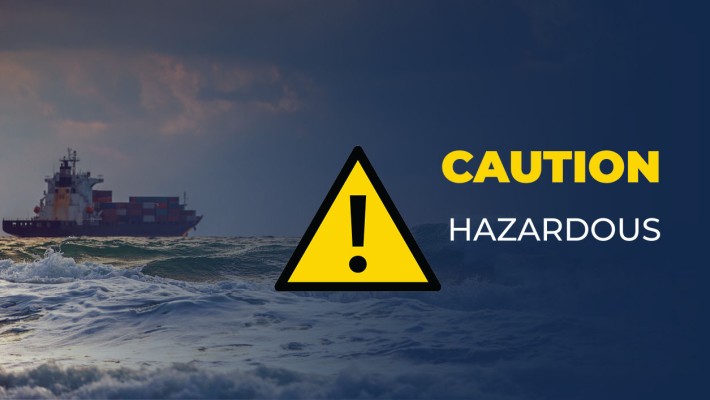Freight Forwarder Insights
Huin International Logistics Latest Articles
Safely Shipping Hazardous Materials
How to Ship Dangerous Goods
Before presenting a dangerous good for shipment to an air carrier, it is imperative that you, as the shipper, follow the Hazardous Materials Regulations which mandate the correct classification, packaging, marking, and labeling of the package to indicate the hazard. Additionally, consideration must be given to the mode of transport through which the goods will be shipped, such as ground, marine vessel, or aircraft. It is crucial to keep in mind that expedited shipping options, like overnight or express delivery, often involve transportation via aircraft.
When shipping dangerous goods or flammable liquids, it is essential to carefully review the following steps to ensure that your package is appropriately packed and labeled.
Please note that certain air carriers may have specific requirements, so it is always advisable to check with your carrier before offering your dangerous goods shipment. Air carriers may impose limitations or even prohibit certain items in order to enhance safety and reduce risks in their operations. It is important to consult with your air carrier before shipping any hazardous materials.
These limitations and prohibitions are in place as part of the air carriers' safety measures and risk management systems to ensure the safety of their operations. Air carriers take stringent measures to manage risks effectively and guarantee safe transportation of goods. It is crucial to maintain transparency, communicate openly, and collaborate closely with your air carrier throughout the shipping process.
Step 1: Begin by conducting a thorough evaluation of your product to determine if it falls under one of the Department of Transportation's nine hazard classes. The Safety Data Sheet (SDS) is a valuable resource for this purpose and can often be obtained from the manufacturer of the products you intend to ship. Focus on the transportation information section of the SDS, paying close attention to details relating to air shipments.
Even if you have access to an SDS, it is important to assess whether the product has undergone any changes or modifications that could affect its classification. If you are shipping a dangerous goods product, it is your responsibility to accurately classify it according to the regulations.
Step 2: If you identify an item as a dangerous good, it is recommended to conduct a needs assessment analysis to determine which employees at your company will be handling hazardous materials and ascertain the level of training required by the regulations.
Step 3: Provide hazmat employees with the necessary training, including general awareness & familiarization, security awareness, safety, and function-specific training. Hazmat employees are required to undergo recurrent training every three years as per the regulations.
Step 4: Verify the authorized quantities, labels, and packaging requirements for the hazardous material by consulting the Hazardous Materials Table or the ICAO Technical Instructions. Consider any additional restrictions imposed by air carriers.
Step 5: Determine the quantities and packaging requirements for air shipments of dangerous goods, which may involve more stringent packaging criteria compared to ground shipments. Ensure compliance with all relevant regulations and carrier-specific requirements.
Step 6: If UN-Specification packaging is necessary, carefully follow the package closure instructions and obtain all the required materials listed for sealing the package. Adhere strictly to the instructions to maintain the integrity of the package and comply with regulations.
Step 7: Obtain the appropriate hazard communication elements, such as markings, labels, and shipping papers, and affix them to the package as instructed. Follow the specific requirements for marking and labeling packages shipped by air.
Step 8: Mark and label the package accurately to indicate the hazardous nature of its contents.
Step 9: If using a combination package, follow the guidelines for placing the material in its inner packaging and then transferring it to the authorized outer packaging. Seal the package according to the closure instructions.
Step 10: Complete the shipping paper and attach it securely to the package in a visible area. The shipping paper should include essential details such as the Proper Shipping Name, UN Number, and shipper or consignee information.
Step 11: Your package is now prepared for shipping.
Step 12: Retain the Shipper's Declaration on file for a minimum of two years for record-keeping purposes and compliance verification.
